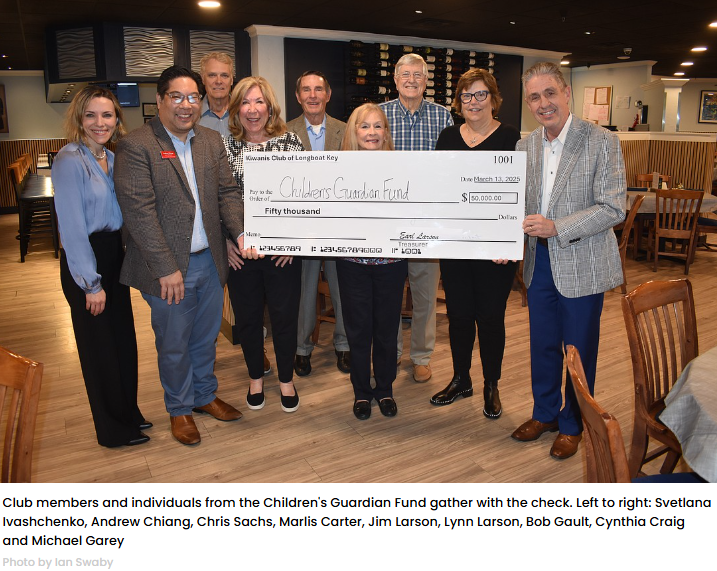LOOKING FOR GUARDIAN ANGELS
You may be familiar with the term Guardian ad Litem (GAL). But do you know how crucial the role is that GALs play in our local community? And can you help meet the need for more of these special people who do so much for children who find themselves in such desperate situations?
Sadly, over 100 Manatee County foster children do not have a GAL volunteer to look out for their needs and to serve as their voice in court. To meet this demand, the GAL Program needs an additional 75-100 local volunteers to represent all children appointed to the Program.
Children who have been removed from their parents due to alleged abuse, neglect, or abandonment enter the Juvenile Dependency system, where a Judge appoints the GAL Program to represent the child’s best interest. For a child who has experienced trauma and the loss of parental support, having a GAL volunteer means better developmental and academic results. Locally, the 12th Judicial Circuit GAL Program serves close to 700 Manatee County children who have been removed from their homes for their protection.
Children come into the Juvenile Dependency system when an investigation concludes that they are not safe in their home. A child is removed from her home and placed to live temporarily wherever a place can be found. Then she is moved again, and again, an average of 2.5 times per school year, all while dealing with various childhood traumas.
“Children who don’t have an advocate are at risk for falling through the cracks,” said 12th Circuit GALP Director Toni Latortue. “I hope that readers will take the first step by visiting our website and submitting a form to talk to someone about becoming an advocate. Our team will guide you through the process and will provide support every step of the way. It is a 10–15-hour monthly commitment, but all my volunteers tell me that they get more out of it than they put in. It’s extremely rewarding.”
Children with a GAL volunteer are 52 percent less likely to skip a day of school and 37 percent less likely to skip a class, 59 percent more likely to earn better grades, and 55 percent more likely to enroll in post-secondary education. They also are 50 percent less likely to re-enter foster care, have fewer placements while in care, and receive more service.
Once a child is removed from his home, the average stay in foster or state care is 18-24 months. Over half of the placements are non-licensed, meaning the people who open their homes are doing so on short notice. These are usually relatives (grandparent, aunt, older sibling) or community members (schoolteacher, someone from church, a friend’s parent, or coach.)
In such emergencies, the family is often short on resources and relies on community support to meet the needs of the children placed in their care by the state. The Children’s Guardian Fund (CGF), the 501(c)(3) fundraising arm of the 12th Judicial Circuit GAL Program, can respond to many of the needs that arise by providing beds and bedding, school clothing, and emergency essentials.
Once the child is situated, the CGF can further assist by supplying normalcy and enrichment opportunities such as playing a team sport, graduation or band fees, summer camp, tutoring, or driving lessons to enable a teen to obtain employment. The CGF provides over 1,200 children annually with the support and means to achieve a level of normalcy in their lives that they would otherwise not have.
- Are you looking for a meaningful volunteer opportunity? Visit https://www.12gal.com/volunteer or call (941)504-8907 to speak to the GALP recruiter.






